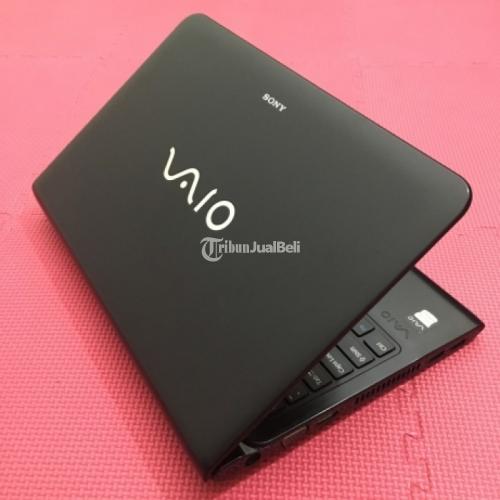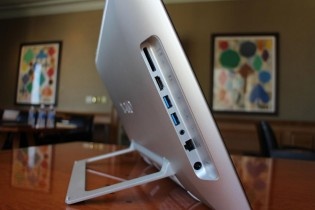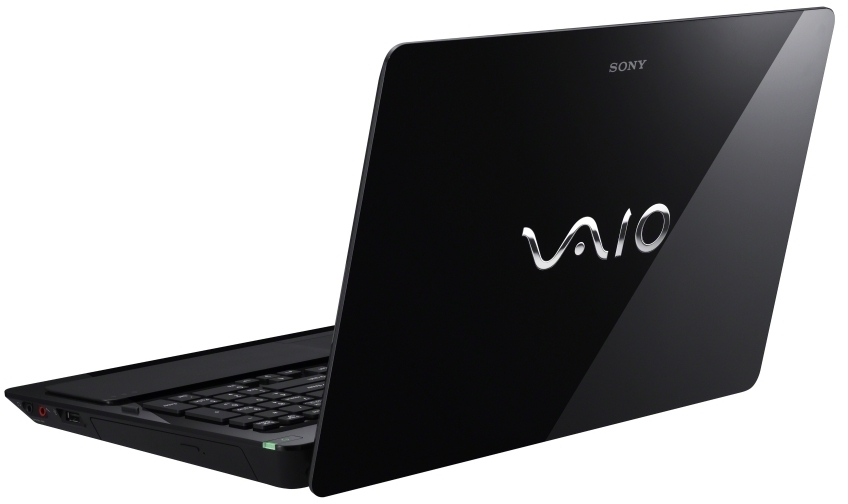

Intel HD and HD 4200 graphics are used, meaning the VAIO Tap 11 is – unsurprisingly – not going to be much of a gaming machine. Inside, there’s a choice of Pentium 3560Y, Core i3-4020Y, Core i5-4120Y, or Core i7-4610Y processors, paired with 4GB of RAM and either 128GB, 256GB, or 512GB of SSD storage.

Our only complaint is that the magnets aren’t the strongest, and it’s relatively easy to knock the ‘board off. Best of all, it clings magnetically to the front of the tablet, both recharging and protecting the touchscreen while it’s in your bag.
#SONY VAIO S 2013 PORTABLE#
The latter can be switched off independently of the keyboard using a fiddly low-profile switch on the upper right edge.Īs keyboards go, the need for it to be lightweight and portable means the buttons have minimal travel, though if you’ve used a recent ultrabook it shouldn’t be too significant a difference. It has a full-sized layout with all the shortcuts familiar from Sony’s VAIO laptop range, as well as a multitouch trackpad. Sony’s other included accessory beyond the pen is the wireless keyboard, which is supplied as standard with the tablet.
#SONY VAIO S 2013 PRO#
The narrow width does mean you can’t use it to prop the VAIO Tap 11 up on your lap very easily, though in its favor it can be adjusted to a broad range of angles unlike the two-position Surface Pro 2 stand. Unlike Microsoft’s Surface, it’s a skinny little thing, about an inch wide with a rubber foot on the end. The only other physical controls are the Windows button on the lower front bezel, and a shortcut to VAIO Assist on the upper rear, which loads up the troubleshooting tools.Īlso on the back is a kickstand, which is always welcome on tablets.

On the back is an 8-megapixel Exmor RS camera, while an HD-resolution camera is on the front, above the display.
#SONY VAIO S 2013 FULL#
There’s also a vent since the VAIO Tap 11 uses a full x86 processor, rather than an ARM chipset, it requires active cooling. On the top, again under a flap, there’s a microSD card slot and what would presumably be a SIM slot if you had a WWAN-enabled model. The power socket is also on the left – Sony’s AC adapter is pleasingly compact, and has a USB charging port in addition to the cable for the tablet itself – while the volume rocker, power button, and headphone jack are on the right.

In doing so it blocks the micro HDMI and USB 3.0 port on the upper left hand side, which are already covered up with an annoying little plastic flap. Unfortunately, the pen is too thick to dock into an internal silo, and so Sony provides an underwhelming plastic clip which slots onto the side. Two barrel buttons control secondary features, and it’s capable of very precise digital inking. It also supports an active digital stylus – using technology from N-Trig rather than the more common Wacom, as was in 2012’s VAIO Duo 11 – which in this case is a pleasingly high-quality metal pen that feels much akin to an architect’s propelling pencil. It’s a great panel, with rich blacks and bright colors viewing angles are good, though the gloss finish means that you may need to angle it carefully in order to avoid reflections. Up front is an 11.6-inch Full HD 1920 x 1080 IPS LCD touchscreen, using Sony’s TRILUMINOS Display for mobile technology and offering 10-point multitouch. Sony’s machine is still bigger than the iPad 4, particularly in length, but we’re still impressed by the extent of the company’s engineering. At 12.0 x 7.4 x 0.39 inches (without the keyboard) and 1.7lbs it’s slightly longer and wider than Microsoft’s Surface Pro 2, but thinner and lighter.
#SONY VAIO S 2013 PC#
At first glance, it’s hard to believe that Sony fits a full Windows 8 PC into the waifish VAIO Tap 11 chassis.


 0 kommentar(er)
0 kommentar(er)
